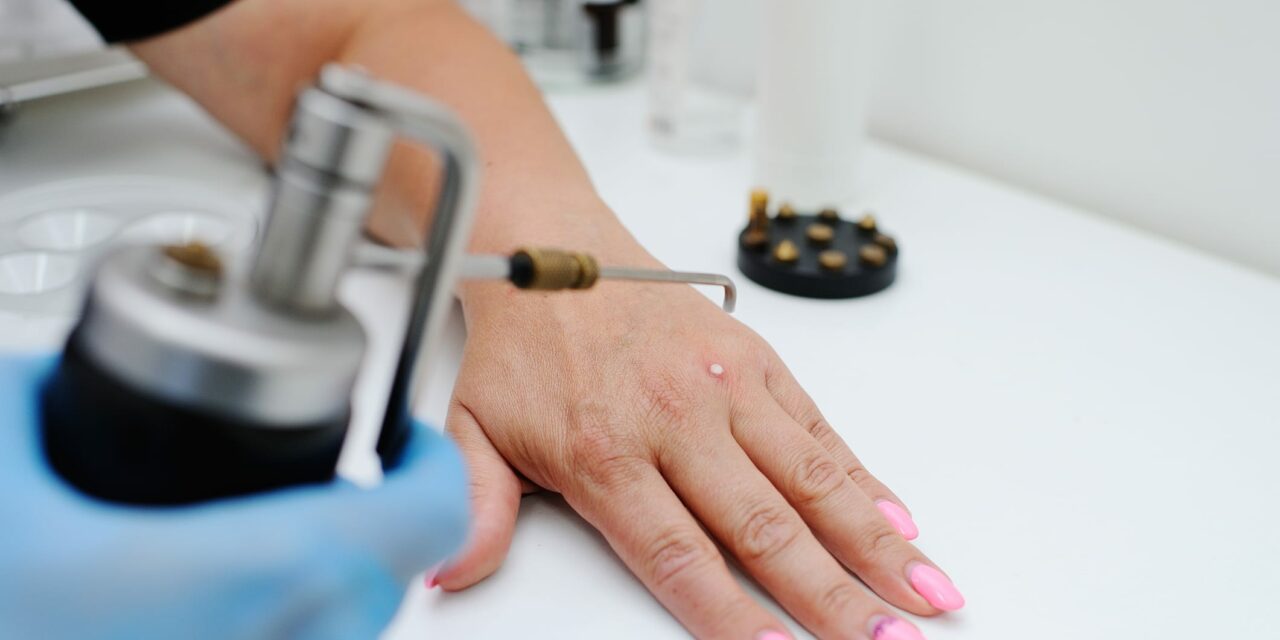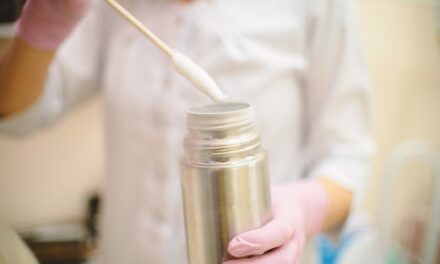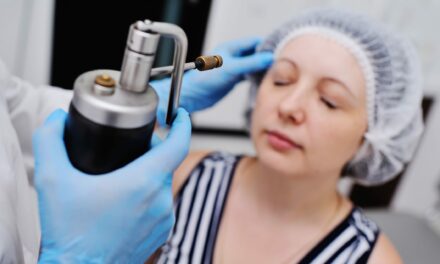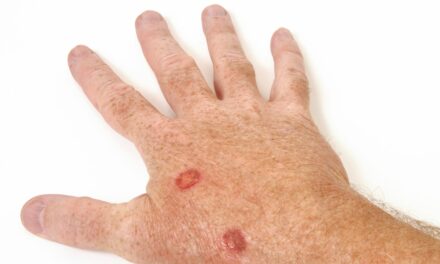New studies compare cryotherapy to other wart treatments, revealing similar effectiveness but varying side effects and patient preferences.
Warts, caused by the human papillomavirus (HPV), are a common dermatological concern, particularly among individuals under 30 and those with compromised immune systems, and while various treatments exist, cryotherapy and salicylic acid are among the most studied.
Recent research provides insights into their comparative efficacy, highlighting both advantages and limitations.
Cryotherapy vs. Salicylic Acid
A randomized controlled trial published in the BMJ compared the effectiveness of cryotherapy with liquid nitrogen against daily self-treatment with 50% salicylic acid. The study included participants from multiple clinical settings who received up to four cryotherapy sessions spaced two to three weeks apart or used salicylic acid for up to eight weeks.
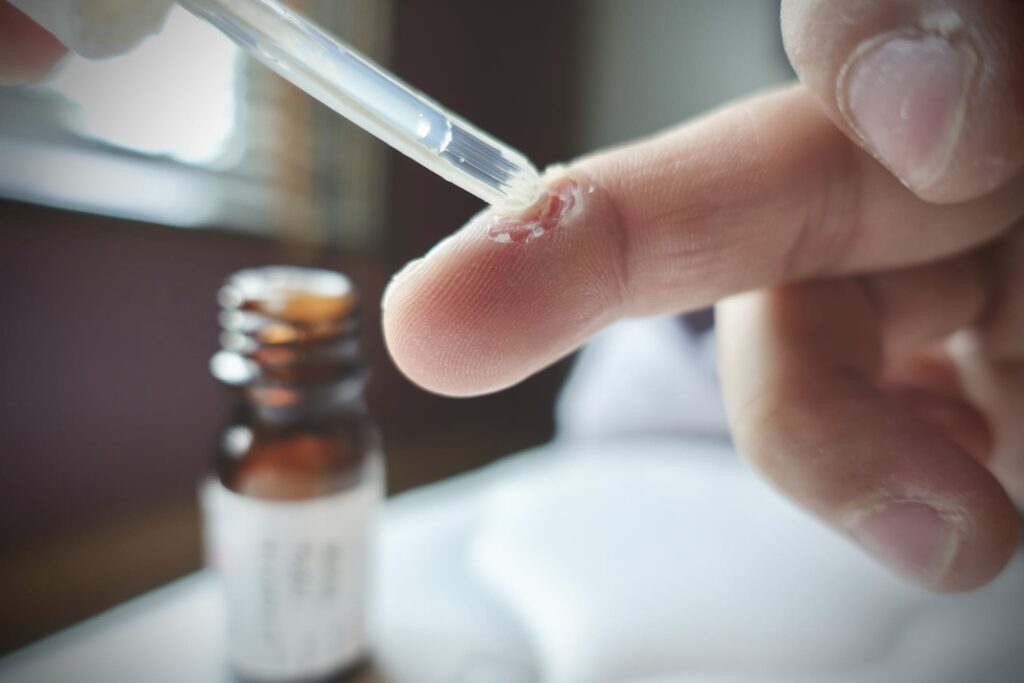
Results indicated that cryotherapy had a slightly higher success rate, with 58% of patients achieving complete clearance compared to 41% with salicylic acid. However, the difference was not statistically significant, suggesting that both treatments are viable options depending on patient preferences and circumstances (BMJ) (Pure York).
Combination Therapies
Another study explored the efficacy of combining cryotherapy with salicylic acid dressing for plantar warts. This approach aimed to leverage the strengths of both treatments. The combination therapy showed a higher success rate than cryotherapy alone, though individual responses varied. This combination can be particularly beneficial for patients with persistent or multiple warts, offering a more comprehensive treatment strategy (AAFP).
Alternative Modalities
Cryotherapy’s effectiveness has also been compared to other treatments like duct tape occlusion and laser therapy. A study involving duct tape as an occlusive dressing found it to be almost as effective as cryotherapy, making it a non-invasive alternative for patients seeking less aggressive treatments.

Laser therapy, on the other hand, showed comparable efficacy to cryotherapy but with a higher cost and greater need for specialized equipment, which might limit its accessibility (AAFP).
Patient Considerations and Side Effects
When choosing between cryotherapy and other modalities, patient comfort and side effects play crucial roles. Cryotherapy can cause pain, blistering, and skin pigmentation changes, while salicylic acid is typically associated with less discomfort but requires longer treatment duration.
Patients with low pain tolerance or those seeking quicker results might prefer cryotherapy, while those who favor a gradual, home-based approach might opt for salicylic acid (Pure York) (AAFP).
Looking Ahead
The comparative efficacy of cryotherapy versus other modalities like salicylic acid, duct tape, and laser therapy for wart treatment underscores the importance of personalized patient care. Both cryotherapy and salicylic acid have their merits and can be effective, depending on the specific clinical scenario.
Combining treatments might offer enhanced results, particularly for challenging cases. As dermatological research advances, these insights will help refine treatment protocols, improving patient outcomes and satisfaction.
References
- Cockayne S, Hewitt C, Hicks K, et al. Cryotherapy versus salicylic acid for the treatment of plantar warts (verrucae): a randomised controlled trial. BMJ. 2011;342:d3271.
- Kwok CS, Gibbs S, Bennett C, et al. Topical treatments for cutaneous warts. Cochrane Database Syst Rev. 2012(9):CD001781.
- Bruggink SC, Gussekloo J, Berger MY, et al. Cryotherapy with liquid nitrogen versus topical salicylic acid application for cutaneous warts in primary care: randomized controlled trial. CMAJ. 2010;182(15):1624-1630.
- Sterling JC, Gibbs S, Haque Hussain SS, et al. British Association of Dermatologists’ guidelines for the management of cutaneous warts 2014. Br J Dermatol. 2014;171(4):696-712.

